It goes without saying that we all experience the world through our senses. In fact, it’s how we learn anything – from riding a bike or singing to maths, woodwork or French. But for students with sensory difficulties, there can be obstacles to learning because of how they process information about their immediate environment.
We’re all familiar with the five senses of smell, taste, touch, sight and hearing but experts point out that we have three more – vestibular (movement), proprioception (our sense of where our body is in space) and interoception (our perception of what’s happening inside our bodies).
Children with SEN More Likely to Have Sensory Difficulties
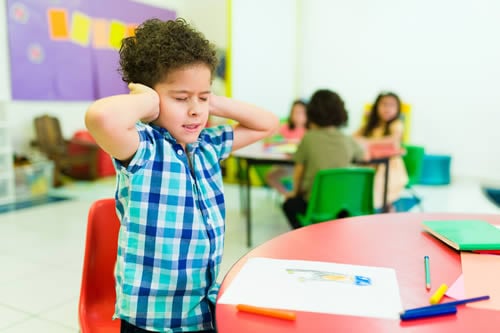
Any of us can be under or over-sensitive in any of these areas but where it’s to an extreme degree, it often goes hand-in-hand with neurodiversity says SEN tutor Eva, who has more than fifteen years’ experience working with children with all kinds of SEN and has specialist qualifications in speech and language therapy, dyslexia, autism and dyscalculia.
She says that it’s essential to address a student’s sensory needs in order for them to access learning. “I’m not autistic myself but I’m sensitive to noise so I completely understand how sensory issues can affect all aspects of a child’s life,” she admits. “They impact attendance, emotions and behaviour.”
People React to Sensory Difficulties in Different Ways
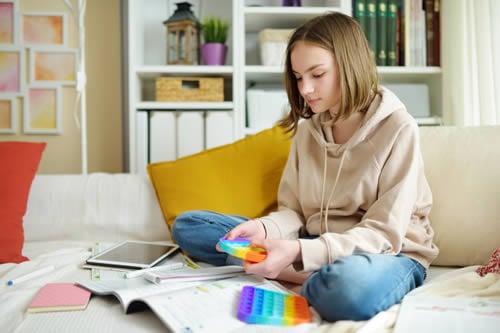
Sensory challenges tend to show themselves in four ways, she continues –
Low registration – the person appears very passive and has low energy because the brain isn’t receiving much input.
Sensory seeking – the person may be very active, excitable, fidgety and easily bored. This is often seen in people with ADHD.
Sensory sensitive – the person is very aware of their surroundings and notices things that others don’t. They may be a ‘complainer’ because it’s difficult for them to filter out sensory information.
Sensory avoidant – people can be withdrawn and stubborn and appear controlling, usually because they’re overwhelmed by sensory input.
Children Can Thrive with the Right Support
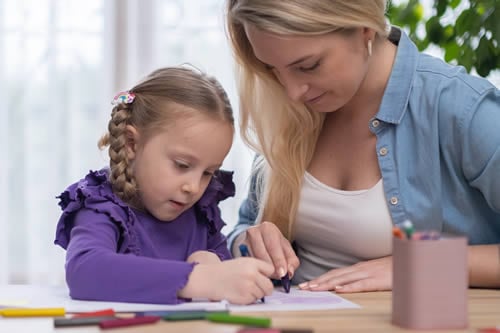
“Children need specialist support to learn to spot their triggers and develop coping strategies,” Ewa carries on. “It takes a while but I have seen incredible change where a student has had the right help. The UK is much better than other countries but even so, the amount of support available varies hugely depending on where you live.”
The starting point should be a ‘sensory audit’, she advises, where an occupational therapist assesses exactly what the young person’s over or under sensitivities may be. Once these are known, families and teachers can adapt the environment to cater for these needs. In fact, she says, parents can google the topic themselves to get a rough idea of what their son or daughter struggles with. Examples of simple adaptations might be ear defenders for someone who is noise-sensitive or squishy toys for a child who needs to touch.
Sensory Circuits Calm and Regulate
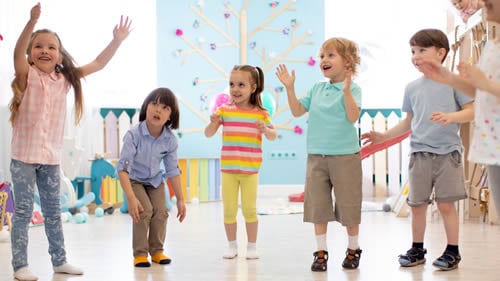
Children’s Choice Therapy Service is a team of occupational therapists based in Staffordshire who offer specialist care via schools and health and social care settings. They also work with individual families.
The organisation suggests ‘sensory circuits’ as a way of helping a child with sensory challenges to regulate their own behaviour. The circuit consists of a sequence of brief physical exercises and activities which give enough sensory input to prepare kids to focus and learn. Teachers often find these activities useful for students first thing in the morning or after lunch, but they can equally be used in the home.
Three Layers of Sensory Input
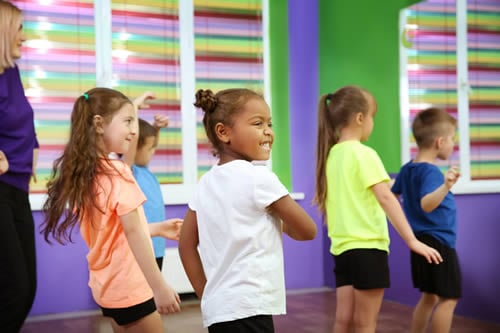
They recommend that sensory circuits should ideally have three stages, completed in order:
Alerting – these activities provide vestibular and proprioceptive stimulation to prepare the brain for learning. Activities might include jumping on a trampoline, skipping, star jumps or balancing on a yoga ball.
Organising – these activities involve motor processing, timing and balance and require a child to plan their approach and do more than one thing at once. As such, they boost focus and attention. Suggested activities include balancing, throwing to a target, throwing and catching or using a wobble board.
Calming – this rounds off the circuit, ensuring the child is at peace and ready to focus on learning in the classroom or at home. Activities could include proprioceptive or deep pressure tasks such as using weighted blankets, massage, swinging or rocking or heavy muscle work such as press-ups.
It’s important, they emphasise, to recognise that each child will have different sensory needs so they may need to spend varying amounts of time on each section.




